4-Weeks-Old Baby
4-Week-Old Baby
Are you talking to me?
Yes, he/she is, and your baby wants you to talk back!
Highlights
Feeling like an old pro at this baby-care game yet? You may not have everything down to a science, but you’re probably a lot more confident than you were when you first held your baby just a few weeks ago!
There’s certainly plenty of trial and error to come, but you’re likely starting to feed, burp, bathe and handle baby with more ease. Way to go!
Here’s more to look forward to during week 4.
Your 4-week-old baby's development
Week 4
Baby’s Development

Your 4-week old will likely be able to respond to a loud noise — by startling, crying or quieting. Cooing and smiling will not be far behind, and you may catch a glimpse of both toward the end of the first month.
In the meantime, your baby will continue to communicate through crying. Listen carefully and you’ll be able to decode his different cries.
A short, low-pitched cry that has a pleading quality to it usually means “I’m hungry.” A whiny, nasal, continuous cry is baby’s way of telling you he’s overtired or uncomfortable.
Bursts of crying alternating with fussy whimpers often signal boredom. The “I’m in pain” cry starts suddenly with a loud, panicked, long wail, followed by repeated pauses and shrieks.
When baby is not crying, be sure to encourage the development of those all-important motor skills. The best way to get a jump start on them now is through tummy time and more tummy time (supervised, of course).
Baby will balk at first, so start with just a few minutes a day. Eventually, you’ll probably work up to 15- or 20-minute sessions by the time baby is 3 to 4 months old as he builds more strength.
At a Glance

Sleeping basics
Newborns up to 3 or 4 months old need 14 to 17 hours of sleep in a 24-hour period, usually waking every two to four hours to eat.

Feeding basics
Breastfed babies should eat as much as they want at this age, but a general rule of thumb is roughly 16 to 24 ounces of breast milk or formula in 24 hours.
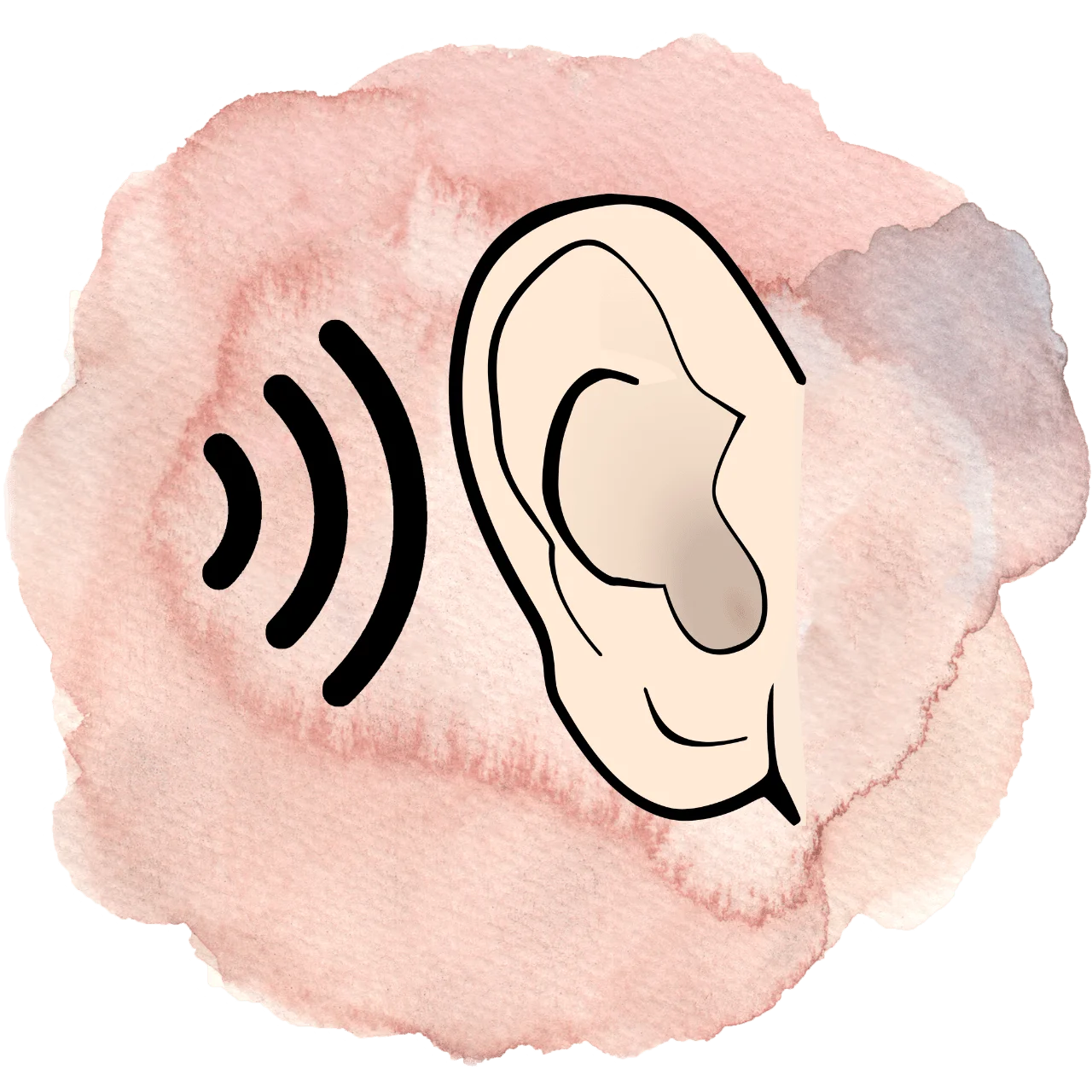
Did you know?
Your little one is gaining muscle control, so those movements and reflexes will become less jerky and more graceful this week.
Your 4-week-old baby's growth

Babies don’t grow at a steady rate, but rather in spurts. You may notice your little one clamoring for the breast or bottle more often during these stages (nursing moms call them cluster feedings), and this increase in demand is your little one’s way of fueling the incredible growth that his body is going through.
This extra demand may be draining on you, but baby growth spurts usually only last two to three days (though sometimes they can go for up to a week or more). A regular, more consistent pattern of feeding is around the corner.
Your 4-week-old baby's health

The 1-month well-baby visit
Your baby will get a thorough head-to-toe physical exam — including a check of those reflexes and the healed belly button and circumcision site when applicable. You’ll get advice on feeding, sleeping, development and infant safety.

The hepatitis B shot
Your little one may be on the receiving end of the second dose of the hep B vaccine.

Gassy baby
Gas troubles often appear within a few weeks of birth, in part because babies have immature digestive systems and tend to swallow air during feedings.

Constipation in babies
Exclusively breastfed babies can go several days — or even a week — without pooping, whereas formula-fed babies can go a full day or two. Constipation poops usually look like small, hard pellets.

Understanding infant growth charts
Your doctor will weigh and measure your baby at every well visit and plot the stats on an infant growth chart. Although your pediatrician is on the lookout for any dramatic increases or decreases over a short period of time, it’s often totally fine to have a not-so-average growth curve.
Postpartum & new baby tips
Tummy time
Chances are, your baby spends a lot of that cooing time on his back — a position probably both of you are comfortable with (you, because you’ve heard it’s safest, and your baby because he’s become so used to it).
But here’s a motto you should think about putting into action: Back to sleep, tummy to play. Having supervised “tummy time,” or playtime on the belly, allows a baby to practice important large motor skills, such as lifting his head (it’ll be for only a few seconds this early on) and moving it from side to side.
It has to be only a few minutes a day this early on, but before you know it, he’ll be on his tummy for 15 or 20 minutes at a time.
Nursing sore nipples
Sore, tender or even cracked nipples are common battle wounds of the newbie nursing mom. But take heart — your nipples will eventually “toughen up.”
To ease soreness and heal any cracking now, you can liberally apply an ultra-purified, medical-grade lanolin (such as Lansinoh ointment) to your nipples after each feeding.
Chilled wet tea bags can also feel extremely comforting. And change your nursing pads often to keep bacteria at bay. It might take a week or more to fully heal, so be patient, Mama.
In the meantime, it’s actually best to keep nursing your baby through the discomfort. You can start with the less sore breast, but don’t repeatedly favor it over the more painful one; sometimes it’s easier to switch breasts after the letdown, when your milk is flowing.
Try to avoid skipping or restricting nursing sessions, though. Not only can the resulting engorgement add to your soreness, but milk that doesn’t flow can clog ducts. And that’s a setup for mastitis — a breast infection marked by fever and flu-like symptoms, along with extreme pain, hardness or reddening of the breasts.
Mastitis can be treated simply with antibiotics, but if left untreated, it could lead to an abscess, which would need immediate medical attention.
You should also call the doctor if your nipples are pink, itchy, crusty or burning, which could be signs of thrush — a common yeast infection that thrives in the lactose in milk and can affect both mother and baby. Check the inside of your baby’s cheeks or tongue for a curd-like coating, which is often a clue.
Again, if either you or your baby is affected by thrush, breastfeeding needn’t be interrupted, but the condition shouldn’t be left untreated.
Newborn sleep patterns
The fact is that newborn infants do not have regular sleep patterns. It usually takes a good 12 weeks for them to establish a solid 24-hour schedule (fewer if you’re lucky and sometimes a bit more), with the longest period of sleep occurring at night.
Plus, keep in mind that breastfed babies have a physical need to nurse about every two to three hours during the newborn phase and formula-fed babies about every three to four hours.
The good news is that daytime sleep diminishes as a baby gets older, with the most marked reduction occurring between 3 and 6 months. By the time they’re around 5 or 6 months old, most full-term, healthy infants could very well be sleeping through (a lot of) the night.
Postpartum backaches
Here are some tips on how to carry your baby to help relieve that achy back:
- Bend at the knees. Instead of bending at the waist to lift your little one, try to remember to bend at the knees and keep your wrists straight.
- Try not to put baby on your hip. Letting your baby rest too much on your hip when he gets bigger will only lead to pain there too. Try to stop the habit before it starts (easier said than done, right?).
- “Wear” your baby. Instead of always holding your baby, try to carry him in a baby carrier or sling. Not only will it likely be soothing to him, it’ll probably be soothing — and liberating — to your achy arms.
- Alternate sides. Switch your baby back and forth between the left arm and the right so they each get a workout — and your body doesn’t get a lopsided ache.
Pacifier use
You’ve heard the drawbacks of using a binky and also seen one of the major pluses (tears disappear!).
But what you may not have known: Pacifiers have been linked to a decreased risk of sudden infant death syndrome (SIDS).
One reason is that babies who suck on a pacifier might not sleep as deeply and may wake more easily than babies who don’t, making them less susceptible.
Another is that sucking on a pacifier might help open up air space around a baby’s mouth and nose, which would prevent a little one from not getting enough oxygen.
Because of the reduced SIDS risk, the American Academy of Pediatrics (AAP) now recommends that parents consider offering pacifiers to babies younger than 1 year old at naptime and bedtime, though they still don’t recommend them for breastfeeding babies younger than 1 month old.
Give your baby a pacifier when you put him down, but don’t put it back in his mouth once your baby falls asleep (and the paci falls out). Just make sure to choose a one-piece pacifier that can’t come apart; pacifiers with multiple pieces pose a choking risk.
Your C-section scar
If you gave birth via cesarean, you’ll have an incision mark that’s been stapled or sewn shut and covered in a dozen little pieces of surgical tape, like a white railroad track across your abdomen.
Don’t worry. Though it seems big now, most C-section scars are only about 4 to 6 inches long and are typically below your bikini line.
But you will probably need to bandage the site until at least your first postpartum appointment with your doctor a few weeks after giving birth.
About six weeks after the surgery, your scar and any incision pain will have improved dramatically, though it might itch as it heals.
Noisy baby breathing
Hearing a repertoire of baby sneezes, squeaks and snorts is par for the course when it comes to a newborn baby — and generally nothing to be concerned about. Your baby’s symphonic breathing is perfectly fine.
Try taking a deep “om” inhalation yourself, and learn the lowdown when it comes to baby breathing:
- Variability. If you pay close attention, you’ll probably notice that your baby’s breathing is as varied as your own — slower when he’s relaxed, faster when he’s excited.
- Speed. When a baby’s awake, he can take more than 60 breaths a minute — especially if he’s coming off a crying jag. That’s a lot faster than grown-ups — and it’s totally normal.
- Pauses. If you watch your babe’s chest go up and down while he’s sleeping (though there’s no need to do that), you may notice that his breathing stops altogether for a few seconds. Not to worry. A sleeping newborn often holds his breath for five to 10 seconds and then starts right up again — called “periodic breathing.”
- Noises. All those snorts and grunts happen because babies are nose-breathers. That’s a good thing since it makes it possible for them to breathe and nurse at the same time (“Look Ma, no hands!”). But nose-breathing can be problematic when something is blocking that sole air route. It usually doesn’t occur to a newborn baby to open his mouth as an alternate route for oxygen.
Items Recommendation
-

Onesies
Br50.00Add to Wishlistወደ ጋሪው አክል፡ "%s"Add to Wishlist -
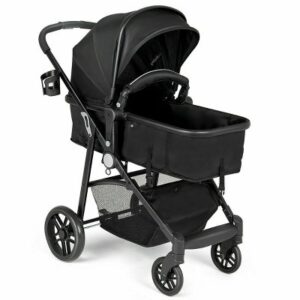
Stroller
Br32.00Add to Wishlistወደ ጋሪው አክል፡ "%s"Add to Wishlist -
Sale!

Baby bottle
Br25.00 – Br30.00Add to WishlistSelect options This product has multiple variants. The options may be chosen on the product pageAdd to Wishlist




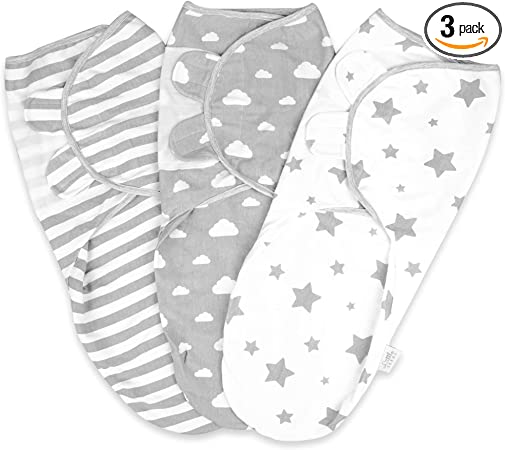
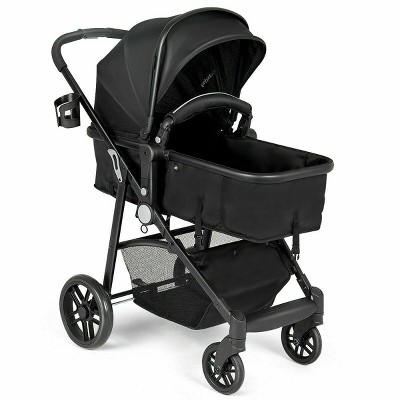

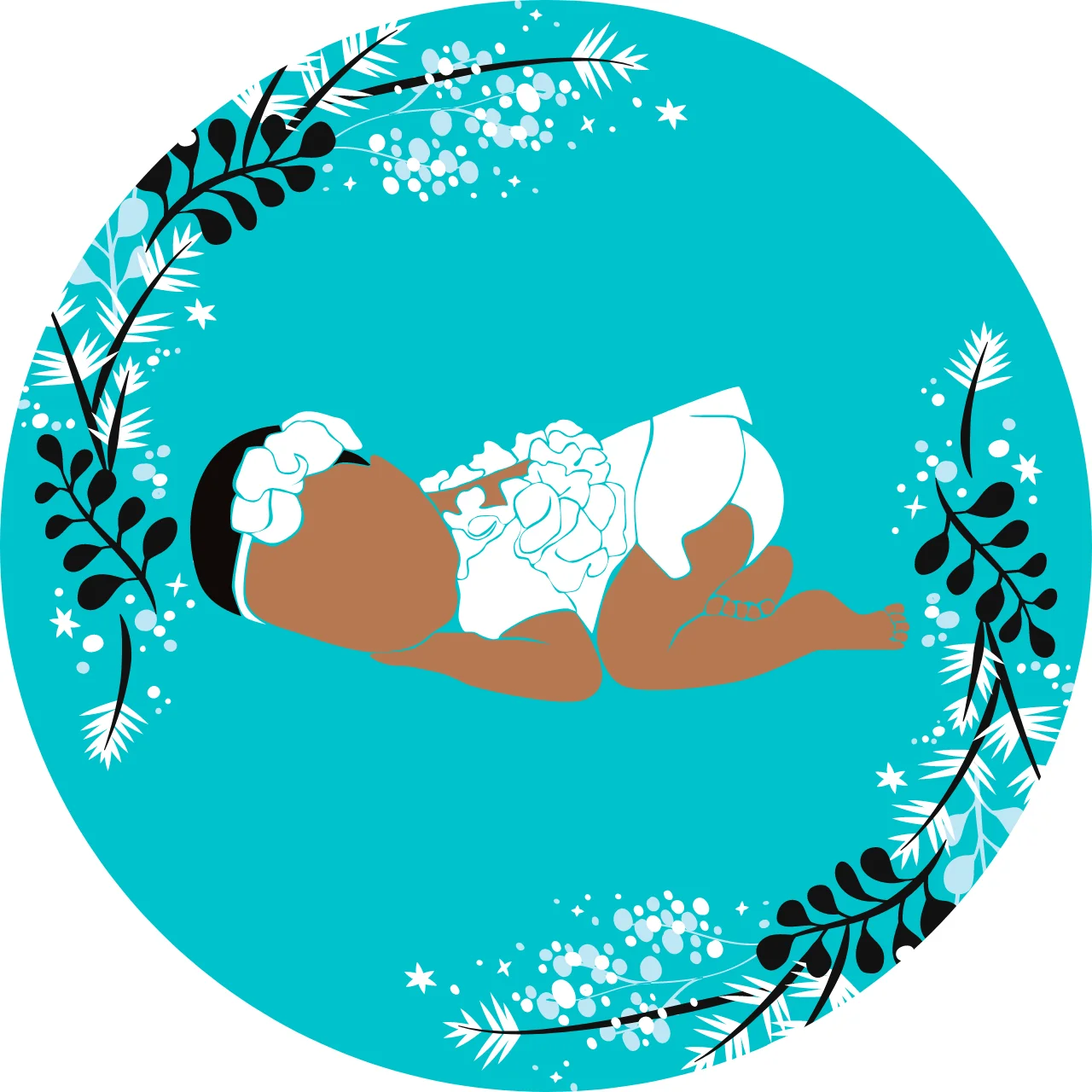






Add a Comment